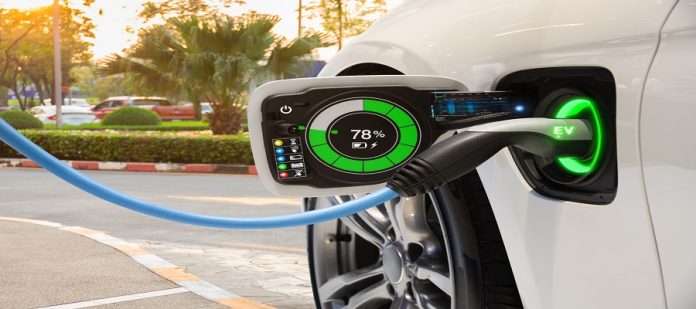India has taken significant steps forward in the realm of EV battery research, with a potential for further innovation in cell chemistry through increased government focus.
Last week, Hyderabad-based Altmin, a battery material production and cell engineering company, entered into a pioneering public-private partnership with the International Advanced Research Centre for Powder Metallurgy and New Materials, An establishment operating within the jurisdiction of the Ministry of Science and Technology at the national level. This partnership aims to manufacture cathode active material for lithium-ion batteries (LIB) at a facility with a daily production capacity of 100 kilograms. The primary cathode chemistry to be produced is lithium iron phosphate (LFP).
LFP represents just one avenue of battery chemistry in a continuously evolving landscape. The trajectory of battery research, which began with lead-acid batteries, shows no sign of conclusion, offering a promising future for advancements in energy density, power density, safety, cycle life, and other critical parameters.
Within the realm of LIBs, various chemistries exist, each with its unique characteristics. For instance, LFP chemistry, while excelling in safety and cycle life, lags behind lithium nickel manganese cobalt (NMC) chemistry in terms of energy density. Nickel-dominant battery chemistries, like NMC, are favoured in high-performance and long-range passenger cars, despite the associated thermal runaway risks and toxicity concerns.
However, LFP chemistry is gaining prominence in high-temperature regions, such as India. Apart from its safety and longer battery life benefits, LFP chemistry reduces India’s dependence on battery cell imports, as the country possesses abundant reserves of iron and phosphate.
Another emerging battery chemistry is sodium-ion, offering an alternative to lithium-ion batteries. While sodium-ion batteries (SIBs) currently do not match the energy density of lithium-ion batteries, they present cost advantages due to sodium’s abundance. Furthermore, transitioning to SIB production may be seamless, as existing lithium-ion gigafactories can potentially adapt their machinery for SIBs. These batteries are also known for their thermal stability and lack of copper and cobalt in their chemistry.
Solid-state batteries (SSBs) represent another major development in the battery industry. These batteries eliminate the need for a liquid electrolyte, enhancing energy density, reducing flammability, and preventing toxic electrolyte leakage. In 2022, Contemporary Amperex Technology Co Ltd, a Chinese battery manufacturer, reported achieving an energy density of 160 Wh/kg and a cycle life of over 3,000 charge cycles in SIBs.
India also boasts homegrown startups like Indi Energy and Sodion that have commercialized SIB technology. While India’s battery research capabilities are growing, government support for research and development remains limited. Although the government has allocated significant funds for the manufacturing of Advanced Chemistry Cells (ACC) through the Production-Linked Incentive (PLI) scheme, there is a lack of a national program to support research into cutting-edge technologies like SIB and SSB.
The global battery industry has historically transitioned rapidly between chemistries, and India has an opportunity to leapfrog in this race. Investments by Indian companies, such as Reliance Industries’ acquisition of Faradion, a UK-based SIB specialist, demonstrate a growing interest in R&D breakthroughs in the battery sector.
With the world advancing in battery technology, it is imperative for the Indian government to encourage research into diverse technologies and promote domestic manufacturing in the coming years.










